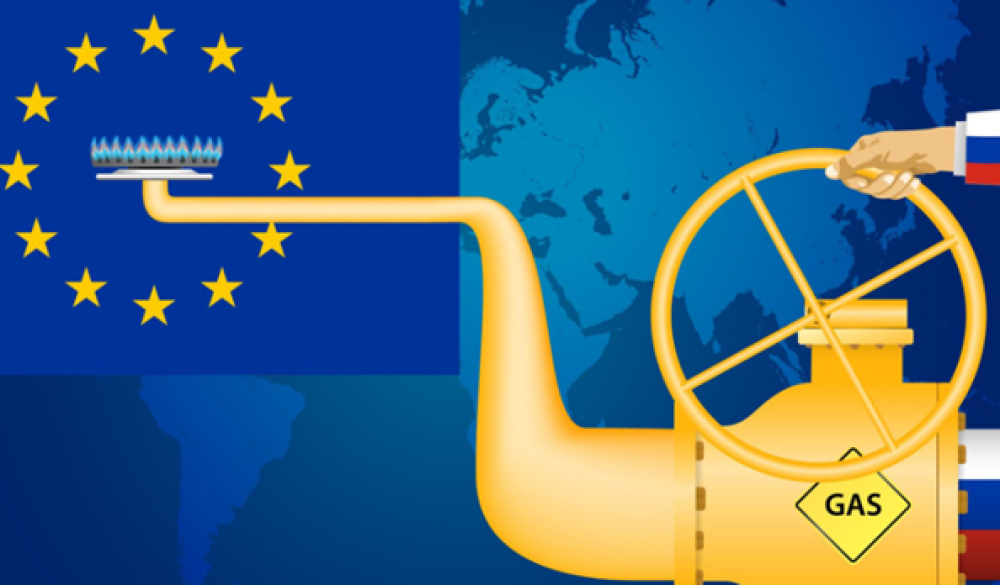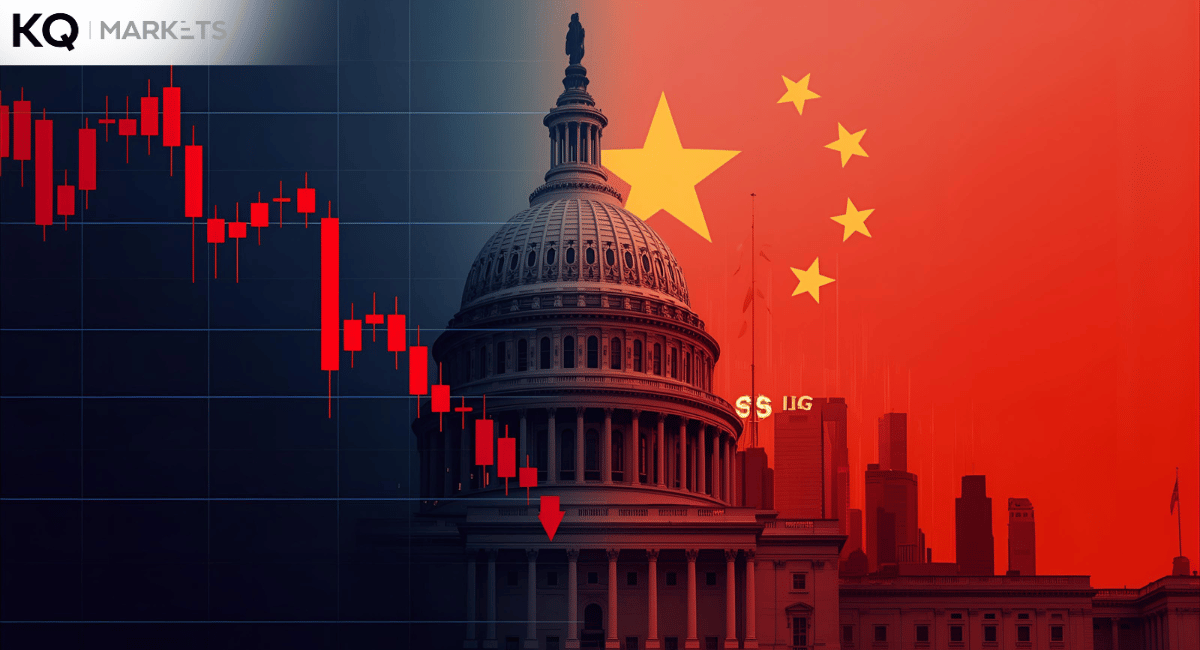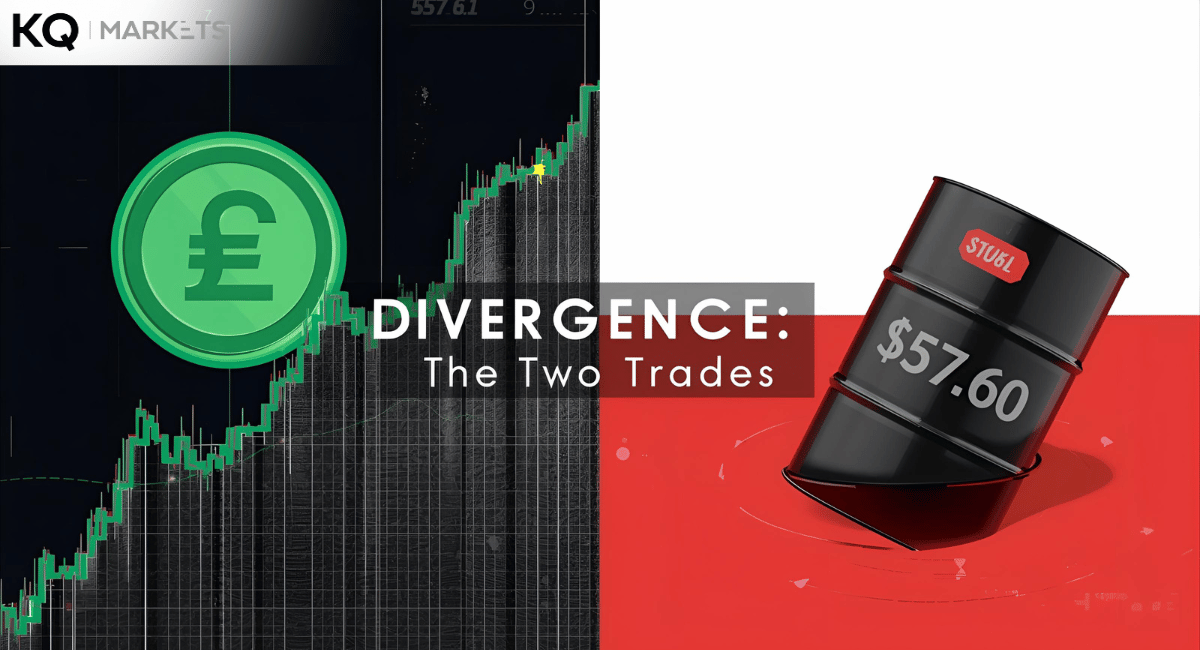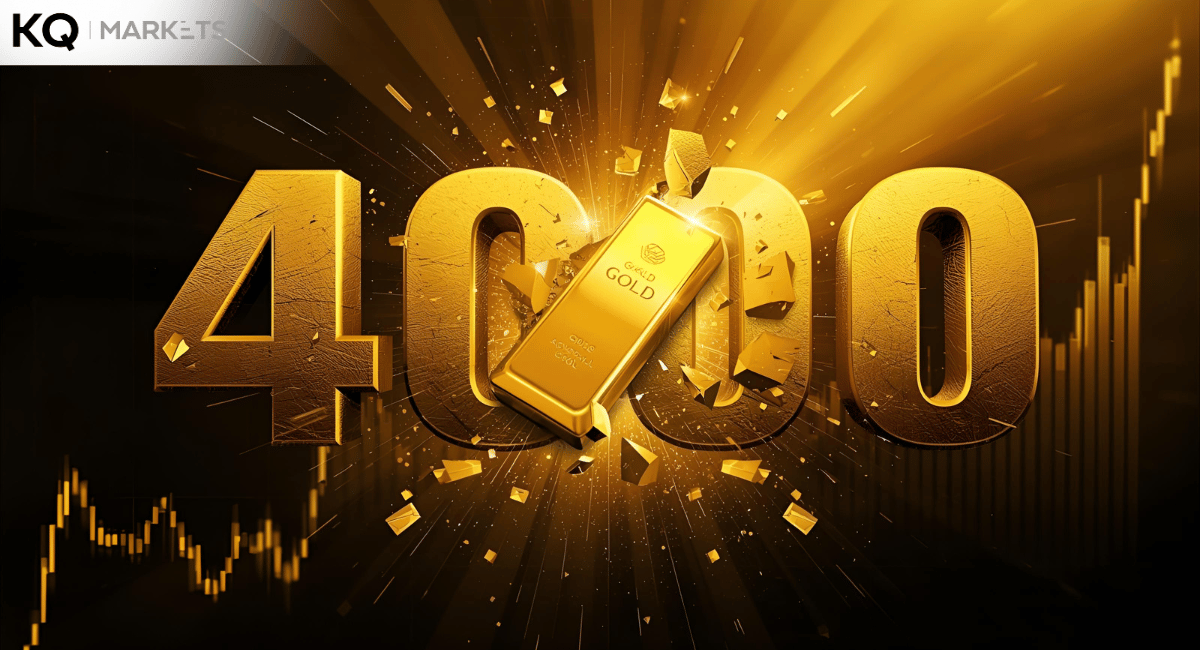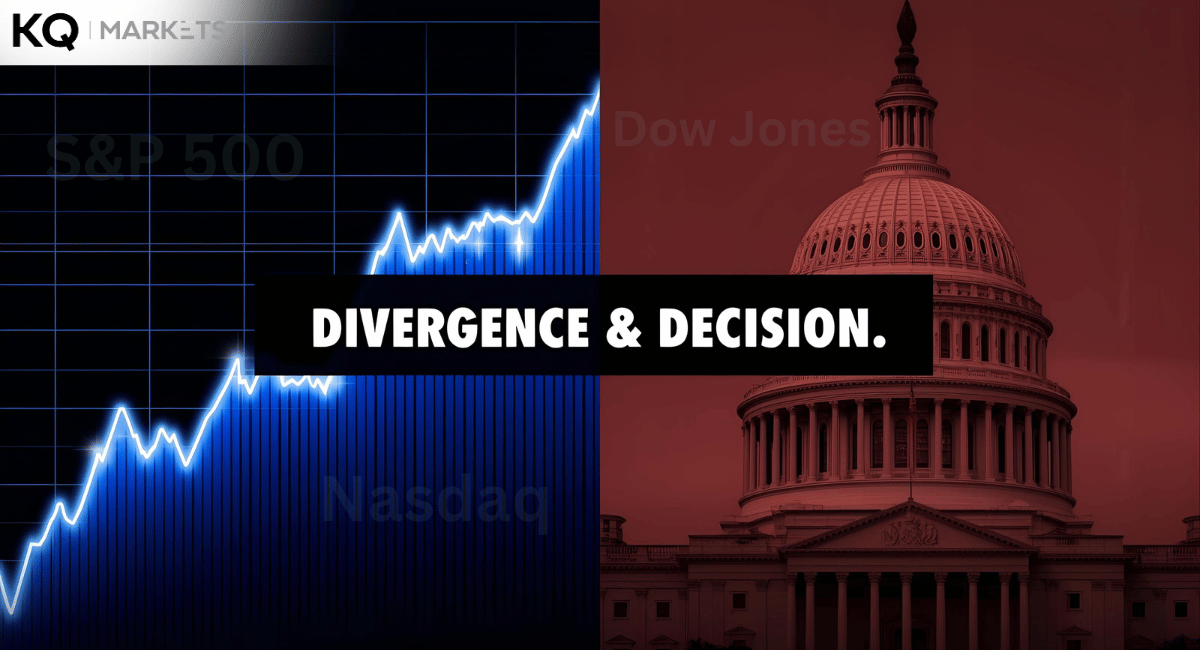Russian officials have rejected the recent price cap on its oil. Thus, the country has threatened to stop supplying its oil products to countries endorsing the price cap. 27 European Union nations, the United States, Japan, Canada, Britain, and Australia, have agreed to cap Russian oil to about $60 per barrel. The EU also agreed on an embargo on oil shipping by sea and looked to effect these regulations this week.
Russian officials say the country must first analyze the current market before responding. Some might accept the price ceiling, but other officials warned the European backers might rue the announcement. On the other hand, the Ukrainian president maintains that the restrictions from the G7 economies were not effective. The new agreements suggest that firms like insurance companies will only deal with crude oil below the cap.
In any case, most insurers living in the United Kingdom and the EU will opt to observe the price ceiling. The Washington Russian Embassy insists that its oil will sustain its demand, criticizing the price cap as reshaping free markets’ basic function principles. They explained that the price ceiling would result in a widespread uncertainty increase and higher costs for raw materials. Generally, the price cap seeks to cripple Russia and its ability to finance a war in Ukraine.
The Russian invasion of Ukraine has killed numerous fighters & civilians, displaced millions of Ukrainians, and hampered the world economy for over nine months. Recent reports indicate that the attacks have wounded four other regions in Eastern Donetsk. Other cities have recorded over 220 kindergartens & schools destroyed or damaged and around 500 apartments destroyed beyond repair. Officials estimate the cost of damage to be about $9 billion.
Meanwhile, stocks closed lower, with major averages marking losses as investors were wary of rate hikes. The Dow Jones Industrial shed 0.9% or 305.02 points to close at about 33,476.46. The Nasdaq closed at 11,0004.62 after falling by 0.7%, while the S&P 500 closed at 3,934.38 after tumbling by 0.73%. Weekly, the NASDAQ dropped 3.99%, the S&P tumbled 3.37%, and the Dow fell by 2.77%. The PPI shows a higher-than-expected 0.3% rise in wholesale prices.
Overall, the core producer price index that includes energy & food exceeded expectations. The resulting optimistic consumer sentiments alleviated fear as attention switches to the busy economic calendar this week. Consumers are anxious about the consumer price index that will showcase the progress of the inflation rate. Above all, the Federal Reserve will likely raise the interest rates on a 50-point basis. This move will mark a minor rate increase among the previous four hikes to prevent a recession and facilitate a soft landing.
Thank you for your attention and stay tuned for the most recent financial market changes. KQ Markets also provides an opportunity to open a free demo trading account. One can also start trading journey by learning to trade and practise at demo account. You can also direct access economic calendar here for free.
Read Also:
China Protests Rock Markets, Musk Lashes Out at Apple
UK Inflation Falls From 41-Year High as Fuel Price Surge Eases
